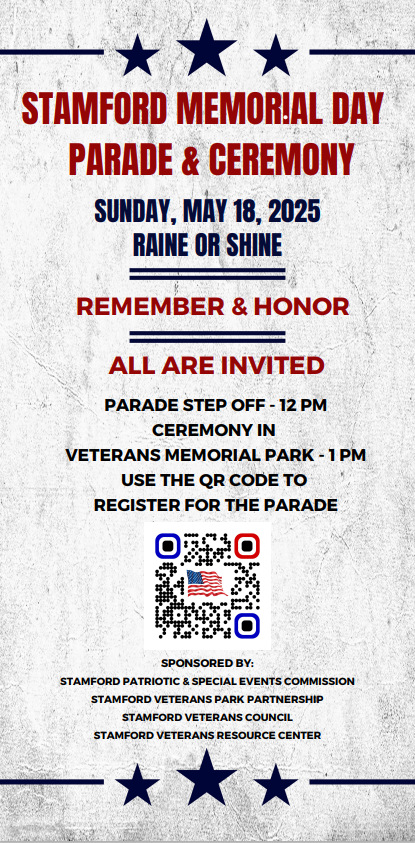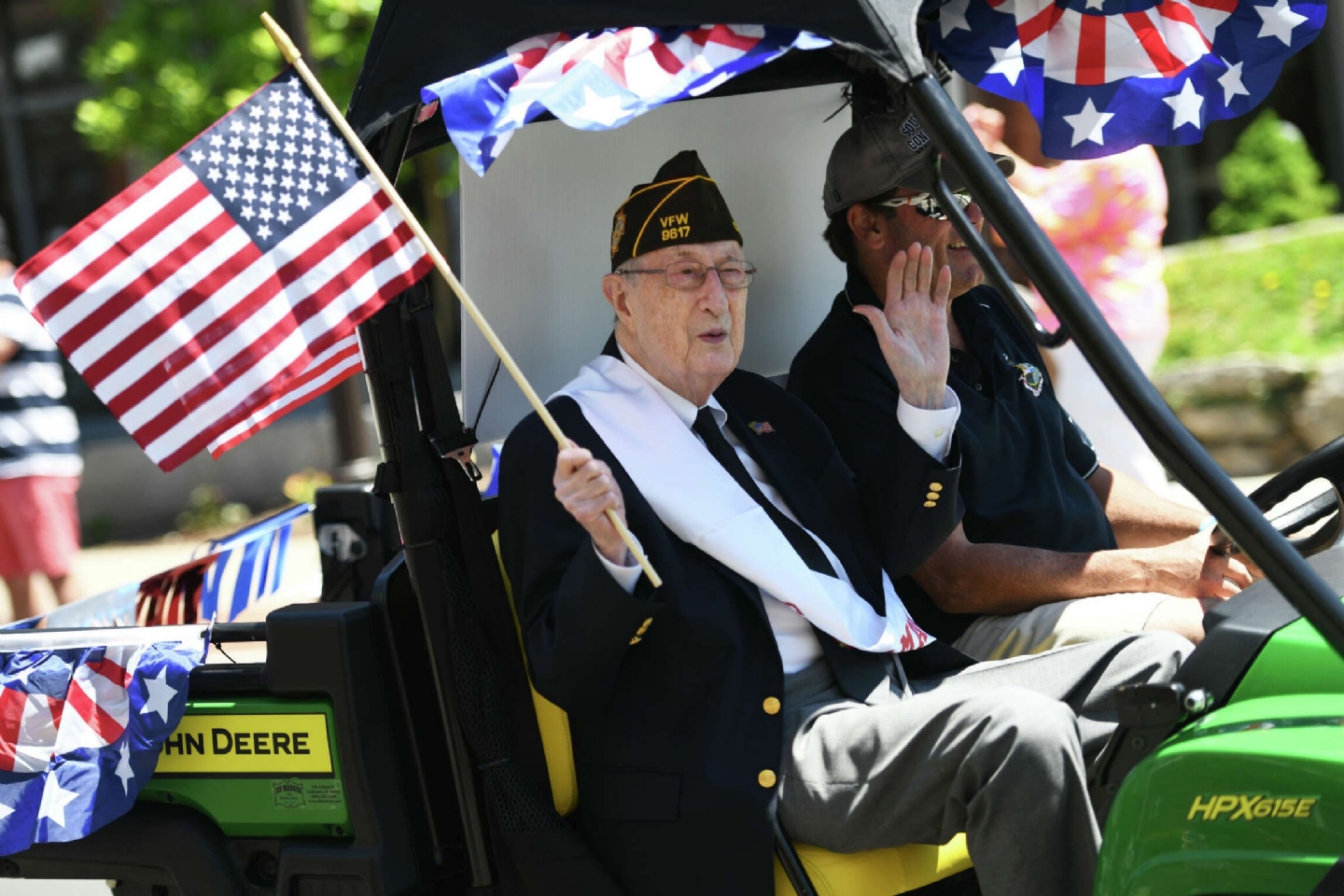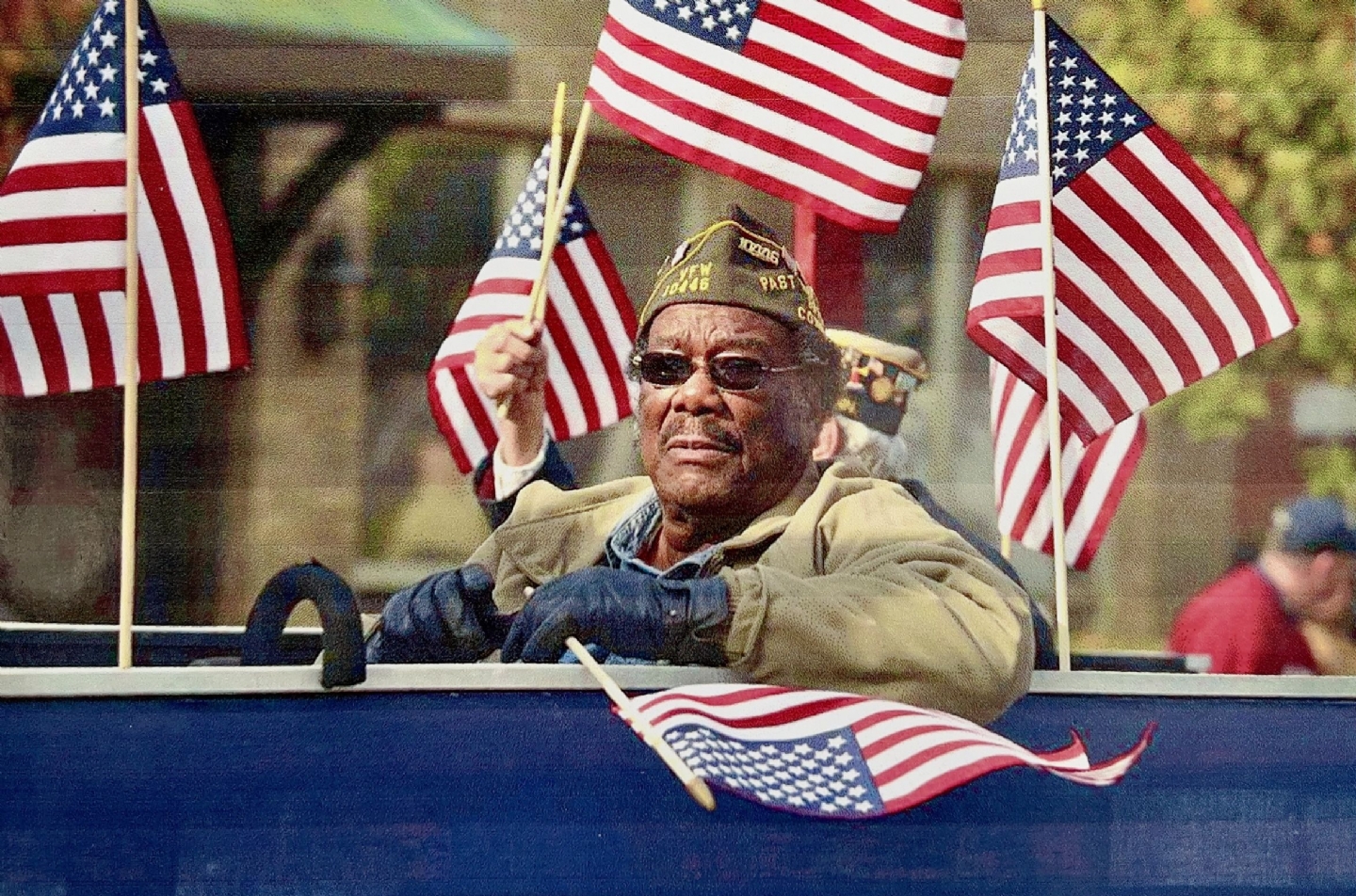| Stamford Memorial Day Parade and Ceremony | Sunday, 18 May @ 11:30 am (muster) |
| Westhill High School Memorial Day Ceremony | Friday, May 23 @ 9:00 am |
| Stamford High School Memorial Day Ceremony | Thursday, May 22 @ 9:15 am |
| Memorial Day Mass at St. Benedict | Saturday, May 24 @ 4:00 pm |
| New Canaan Memorial Day Parade and Ceremony | Monday, 26 May @ 9:00 am (muster) |
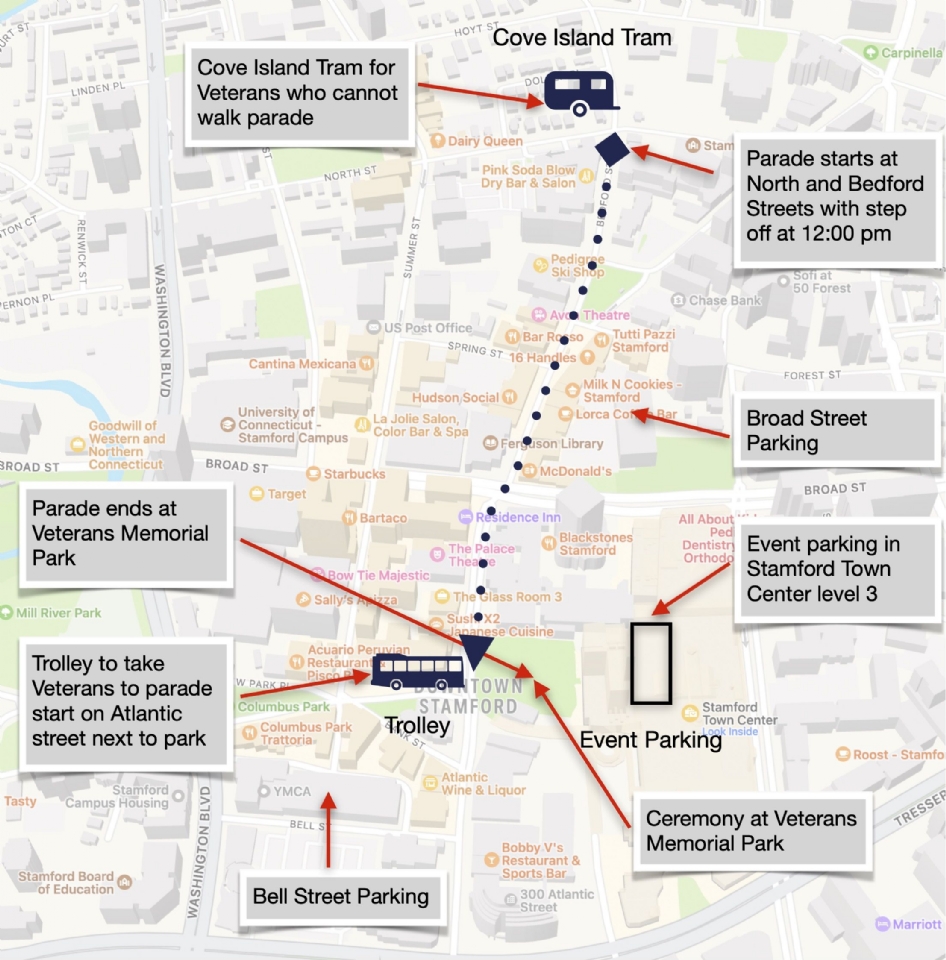
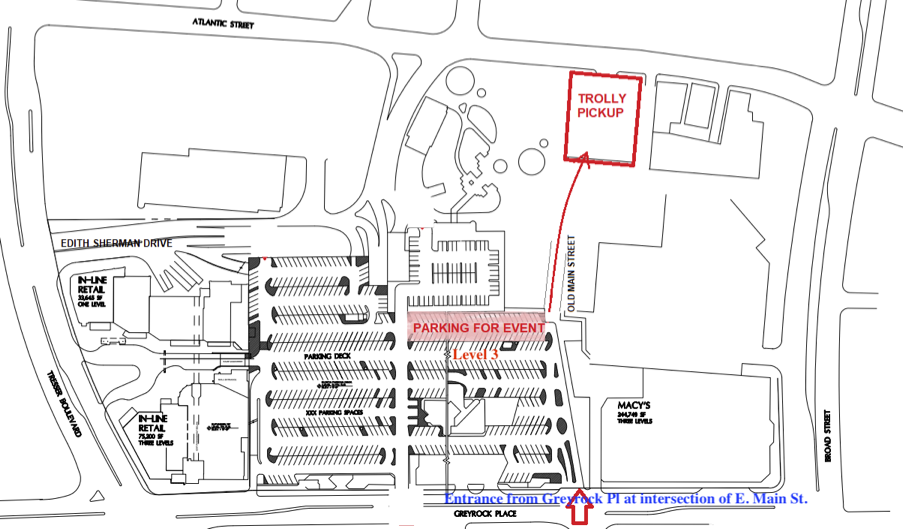
Anthony Venezio
Anthony Venezio is a life long Stamford resident, born May 1950. He went to local schools: St. Mary’s, Westover, Burdick Jr. High and graduated from J.M. Wright Technical School in Industrial Electronics in June 1968.
He worked for local electronics firms as a test technician. He received his draft notice in April 1971 during the Vietnam War. He was inducted into the U.S. Army on May 12, 1971 and completed basic training at Fort Dix, NJ and received and early promotion to Private (E-2). Subsequently he was assigned to Fort Polk LA for advance training and was assigned to the 5th Army headquarters. There he completed his on the job training as a Distribution clerk in the orders section. Again he was promoted early to Private First Class (E-3) when his training was completed. He received orders to go to Korea in Oct, 1971 and assigned to the 8th Army Korean Support Command and stationed with the 1st AG Military Mail Terminal at Inchon Korea.
He started as a guard on truck deliveries throughout Korea from Inchon to Pusan. He was promoted to Specialist 4, (E-4) and became operations clerk with duties including assigning and scheduling mail guards to various runs and supervising warehouse personnel. In February 1972 his unit moved to Kimpo Air Base.
He was promoted to Acting Sgt. (E-5) where his duties were to supervise all unit personnel and Korea "KATUSA” soldiers working in his unit. He scheduled all personnel, sent and received shipping containers, liaised with Korean Custom Authorities during inspections of the mail and the storing firearms for guards. For his exemplary service he received an Army Commendation Medal for assisting in eliminating mail fraud and black marketing activities in and around his unit and the reorganization of the operation section, scheduling of personnel, and developing a new Standard Operating Procedure (SOP) for mail runs.
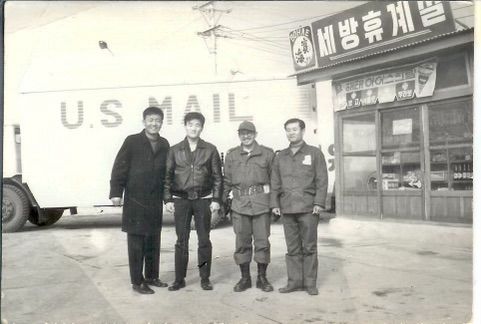
He left Korea in December 1972 and separated from active duty Army in December1972. He returned to Stamford, married and returned to his old job in electronics. Shortly thereafter he went to work for the USPS at Stamford Main Post Office on Atlantic Street in Aug 1973. Starting as a Distribution Clerk he later was promoted to acting supervisor in Mail Processing. In April 1974 he received orders to report to the Pentagon for 2 weeks of Reserve Training and was assigned as a clerk in the office of the Chief of Army Reserve, processing orders for the whole country. He was promoted to Sergeant (E-5) during that assignment. He was fully discharged form the U.S. Army in May 1977. His awards include the National Defense service Medal, Armed Forces Expeditionary Medal (Korea) and the U.S. Army Commendation Medal. He is a sharpshooter with the M-16 rifle.
In 1979 he switch to the maintenance department as mechanization and automation came to Stamford Post Office. He started as a mechanic, electronic technician, then a supervisor and lastly as a Maintenance Manager and retired after 35 Years of service in 2006.
He is a member of American Legion since the mid 80’s. He also became a member of the Veterans of Foreign Wars, Springdale Post 9617, where he is a life time member and a Trustee. He participated in many Poppy Drives, Veterans Day programs and Parades. Attended many schools Veterans ceremonies and gave Veterans speeches at the Stamford Post Office and local AARP meetings. Donated to Stamford and New Haven Toys for Tots drives giving hundreds of new toys.
He is married for over 51 years to his wife Un Cha who he met in Korea in 1972. They were wed at St. Mary’s church and had a son John in 1973. His son and wife Electra have two children Emily 15 and John Jr. 12. Anthony and his wife have become part caretakers to their grandchildren, taking them to and from school everyday while their parents work.

